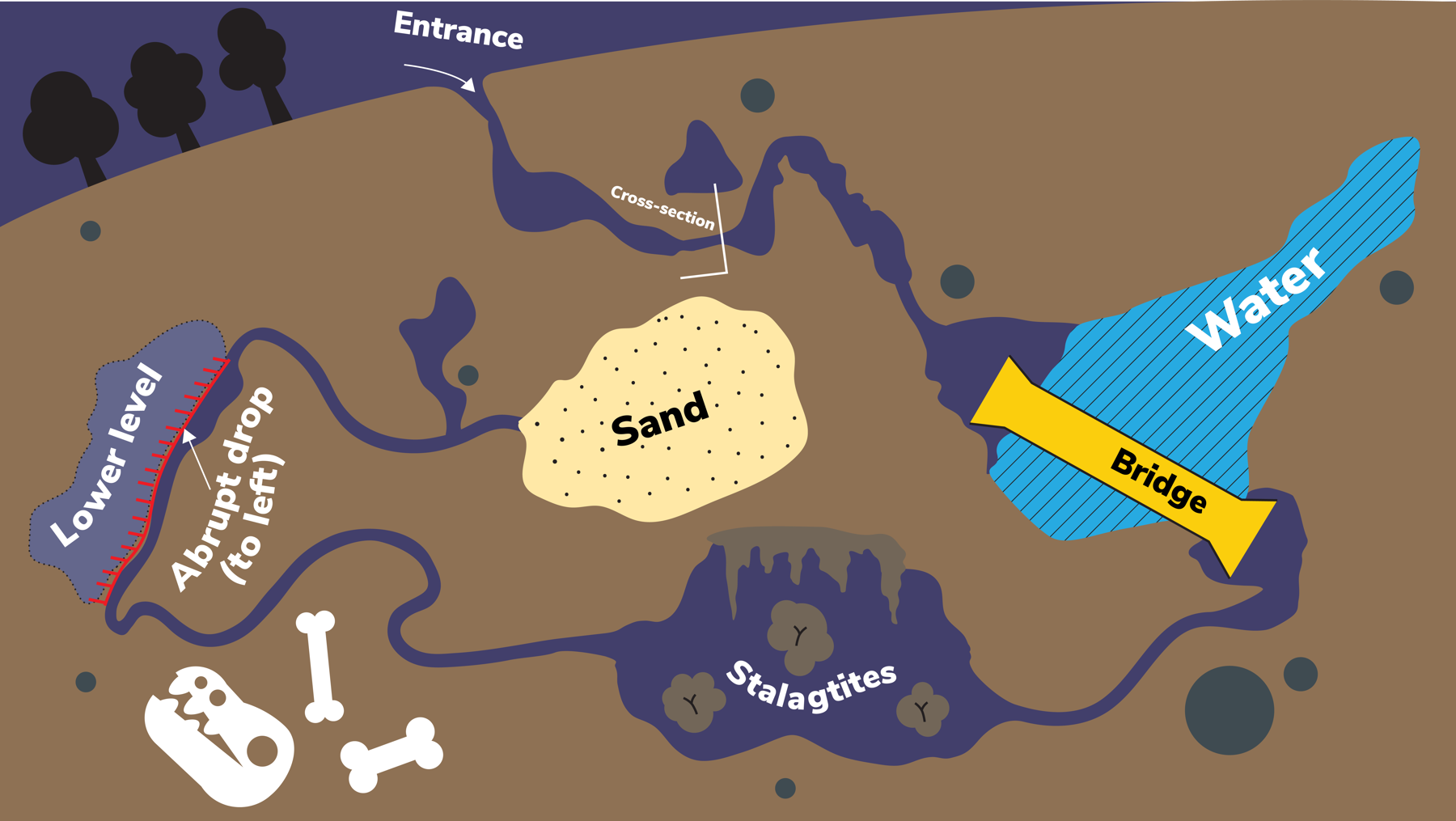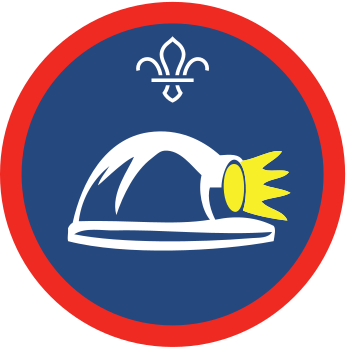Cave painting
You’ll need
- A4 paper
- Coloured pens or pencils
Why the code?
- The person leading the activity should explain that caving can reveal an amazing world right beneath people’s feet, but there are some really important things people should know before they get stuck in.
- Everyone should think about how caves form – they form naturally over millions of years, so it’s important that people do their bit to help keep them safe and looking great.
- The person leading the activity should explain that the cave conservation code exists to tell people what they should think about when they’re caving. They should remind everyone that it’s also important to follow safety instructions from the group leader.
Cave painting
- The person leading the activity should make sure everyone can see a copy of the caving code. Everyone should read through it together, and people should ask any questions they have.
Make sure everyone understands what each point of the code means before you move on. It’s up to you how you display it – you could write it on a big piece of paper, or print smaller copies to hand out.
- Everyone should grab a piece of paper and something to draw with.
This is a great chance to get out any art supplies in the back of the cupboard – paint, chalk, pastels, or whatever else you have lying around would be perfect. Equally, it’s fine to just stick to pencils or pens.
- Everyone should make their own fantasy cave map, full of features that they can use to show the different parts of the cave conservation code.
- Everyone should add any labels or instructions they need to make their map clear – how will it help people to follow the code?
For example, someone could draw some bats, and label them so people know to move past them quietly. Someone else could draw some fossils and label them to remind people that they can take photos, but they shouldn’t touch or move them.
- Everyone should decorate their cave maps with any other features people might find in a cave.
If you haven’t been caving before, people might need to do some research so they know what to include.
- Once they’ve finished their maps, everyone should get into pairs (or small groups). They should take it in turns to talk their partner through their map – what are the different features, and what actions should visitors take to make sure they’re following the code?
Example cave map

- Cave with care and thought for the environment.
- Disturb nothing whether living or geological.
- Avoid touching formations.
- Keep to marked routes and never cross conservation tapes.
- Take nothing but photographs.
- Do not pollute the cave, leave nothing behind.
Reflection
This activity was all about valuing the outdoors and being responsible. Caves can take millions of years to form – how quickly might they be damaged or destroyed if people aren’t careful? Why is it important that people know how to value the outdoors? Part of being responsible is doing the right thing when no one’s watching. What would happen if people weren’t responsible while they were caving? When else might some of the principles of the caving code be useful? People might think about camping, when they have to make sure not to pollute the site or leave rubbish behind. They might also think about other activities, such as building fires or rock climbing, when it’s important to watch out for wildlife.
Safety
All activities must be safely managed. You must complete a thorough risk assessment and take appropriate steps to reduce risk. Use the safety checklist to help you plan and risk assess your activity. Always get approval for the activity, and have suitable supervision and an InTouch process.
- If you’ve got a bit more time (or a group of caving experts), see if people can remember all the points of the caving code before you reveal it. Make sure everyone knows the right code before you move on and make the maps.
- People could try to identify the different parts of the code using the example map. Does it get across all six points?
- If people are struggling to create their own maps, or time’s right, they could start with an example map and adapt or label it.
- People could work in groups to make a map, if that works best.
- People should feel free to use whatever medium they like – pens, paints, tablets, phones, or computers.
All Scout activities should be inclusive and accessible.
People could extend their maps even further, adding more complicated runnels and features. They could also look at a real cave map – you can find them online. Can they identify different features? How would they follow the cave conservation code in this cave?
Once everyone’s familiar with the code, it’s time to try caving for real.


